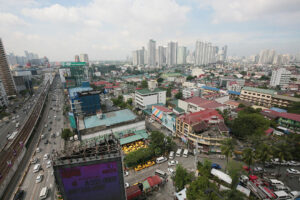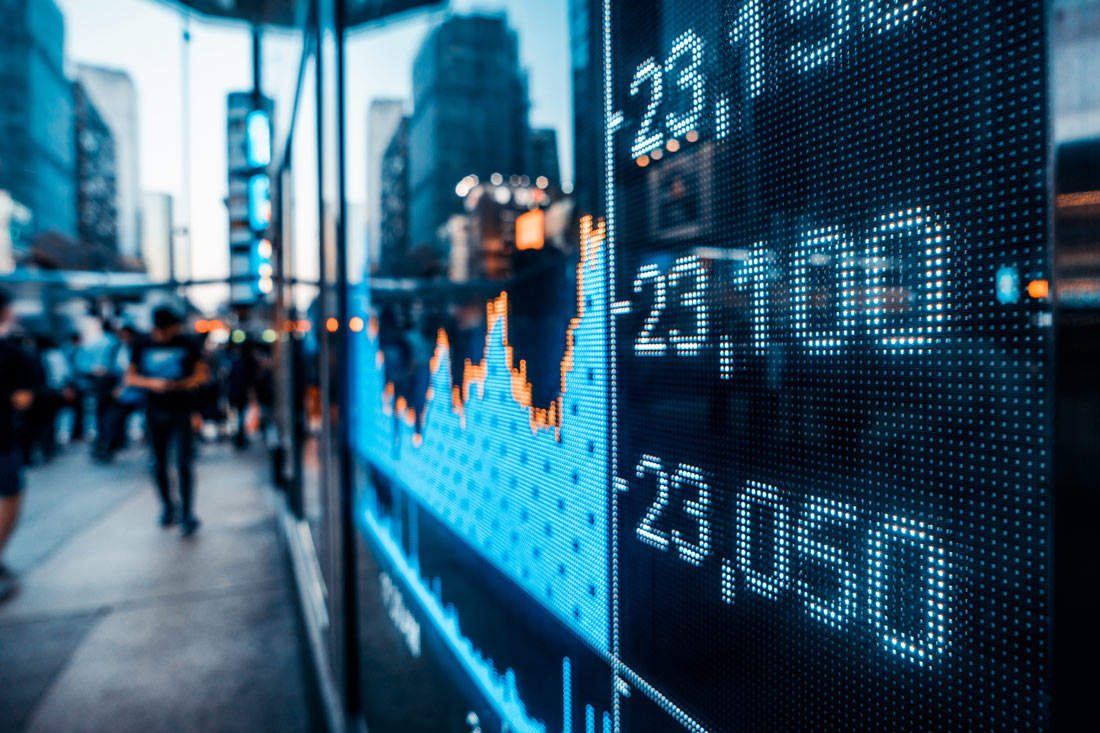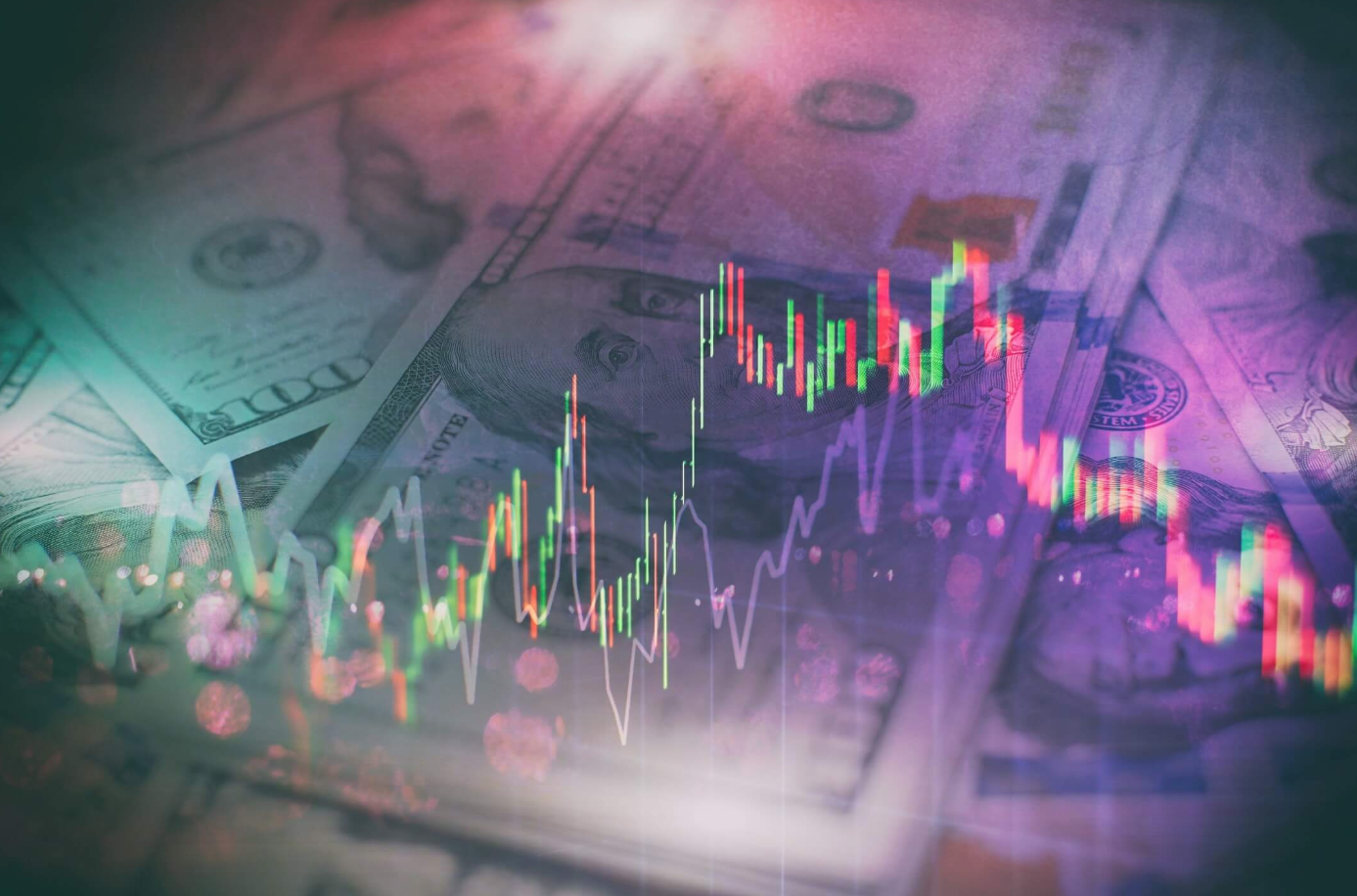Philippine rating downgrade ‘unlikely’

THE PHILIPPINES is unlikely to see any credit rating downgrades this year and in 2023, as the economy is expected to grow faster despite headwinds.
Victor A. Abola, an economist from the University of Asia and the Pacific (UA&P), said they kept the gross domestic product (GDP) growth forecast at 6-7% this year, faster than the 5.7% expansion in 2021.
This is below the Development Budget Coordination Committee’s (DBCC) lower growth target of 6.5-7.5% for this year.
“We have faster growth in GDP for this year and next year. Our situation right now is better than in past crises. [President Ferdinand R. Marcos, Jr.] will be generally positive for growth,” Mr. Abola said at the First Metro Investment Corp. (FMIC) and UA&P Economic and Capital Markets briefing on Wednesday.
Economic growth would also be driven by sustained domestic demand — household consumption, government and investment spending, he added.
“We don’t see any credit downgrade anytime soon,” Mr. Abola said, noting there is a low likelihood of a downgrade in 2022 and 2023.
He said the Philippines has a better external sector than the Association of Southeast Asian Nations, and continues to experience sustained growth in remittances from overseas Filipino workers (OFWs) and the business process outsourcing (BPO) industry.
“We have a steady source of OFWs [and] our BPOs are providing steady support to our revenues… A credit downgrade is unlikely as we grow faster,” he added.
FMIC expects remittances to grow by 3.5-5.5% this year and in 2023, while BPO revenues are seen to increase by at least 6% this year.
Fitch Ratings in February kept the country’s investment grade “BBB” rating, but kept the “negative” outlook as it flagged uncertainties in the country’s medium-term growth and hurdles to bringing down debt. A negative outlook means a downgrade is possible within the next 12 to 18 months.
S&P Global Ratings last affirmed the country’s “BBB+” rating with a stable outlook in May 2021. Meanwhile, Moody’s last affirmed its “Baa2” credit rating with a stable outlook for the Philippines in July 2020.
At the end of the first quarter, the Philippines’ debt-to-GDP ratio stood at 63.5%, exceeding the 60% threshold that multilateral lenders consider suitable for developing economies.
The debt-to-GDP ratio was 60.5% at the end of 2021, the highest since 65.7% in 2005. The ratio stood at 39.6% at the end of 2019.
“Do we have a debt problem? Yes and no in the sense that it went up from about 40% of GDP to 60.5% in 2021. However, [with] the growth this year and the coming years, I project only the debt ratio to go between 65% and 66%, which is something we have already experienced very much during the [Arroyo administration] and resolved not quite difficultly with some determination,” Mr. Abola said.
“What is important here: More than the debt ratio is the extent by what percent of our budget goes to interest expense,” he added.
The DBCC is aiming to bring down the debt-to-GDP ratio to 61.8% by end-2022 all the way to 52.5% by 2028.
“The country’s macroeconomic fundamentals remain sound and we have a much better economic situation now than in the past crises,” FMIC President Jose Patricio Dumlao said in a statement, citing the country’s high gross international reserves and strong exports.
Mr. Abola also noted that growth rates for GDP, consumption, investments and exports are “moderately better now” during the pandemic and Russia-Ukraine crisis, compared with the crisis in the 1980s, Asian Financial Crisis, and Global Financial Crisis.
INFLATIONMeanwhile, inflation is projected to hit 5-5.2% this year largely due to the impact of higher global oil prices on domestic prices of fuel, food, and commodities.
This is slightly lower than the 5.5% inflation projection FMIC-UA&P made in June.
Inflation averaged at 4.4% in the first semester, still below the central bank’s 5% target.
“The good thing about the inflation of food prices is that it’s not rice-driven because rice makes up about 9% of our consumption basket. It’s more [on] the meats and vegetables,” Mr. Abola said.
Food accounts for about 39% of the CPI basket, giving food prices an outsized impact on the movement of the indicator.
Meanwhile, the Philippine peso will remain in “depreciation mode” due to the US Federal Reserve’s aggressive policy tightening and widening trade deficits. The peso is projected to end the year at the P54-P55 level against the US dollar.
“As central banks continue to rein in elevated inflation, interest rates are expected to rise from their current levels by an average of 100 basis points across the curve,” FMIC said.
The Philippine Stock Exchange index is projected to hit 7,100 by the end of the year, it added. — D.G.C.Robles




